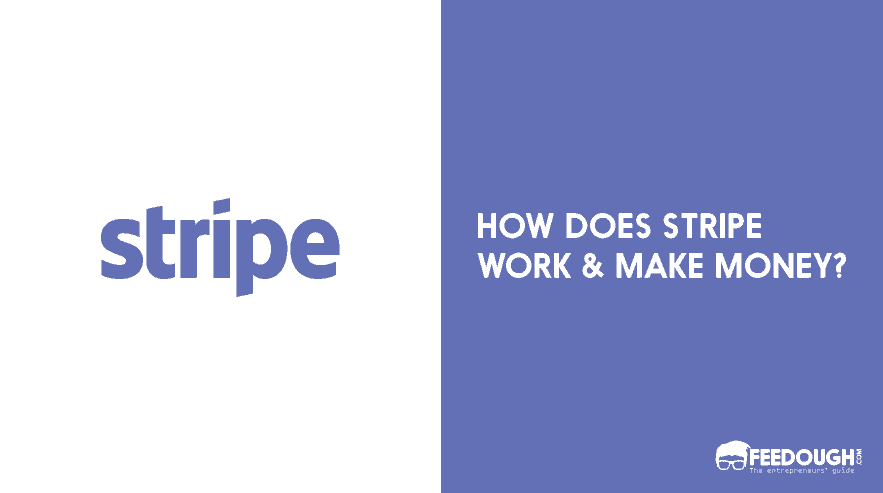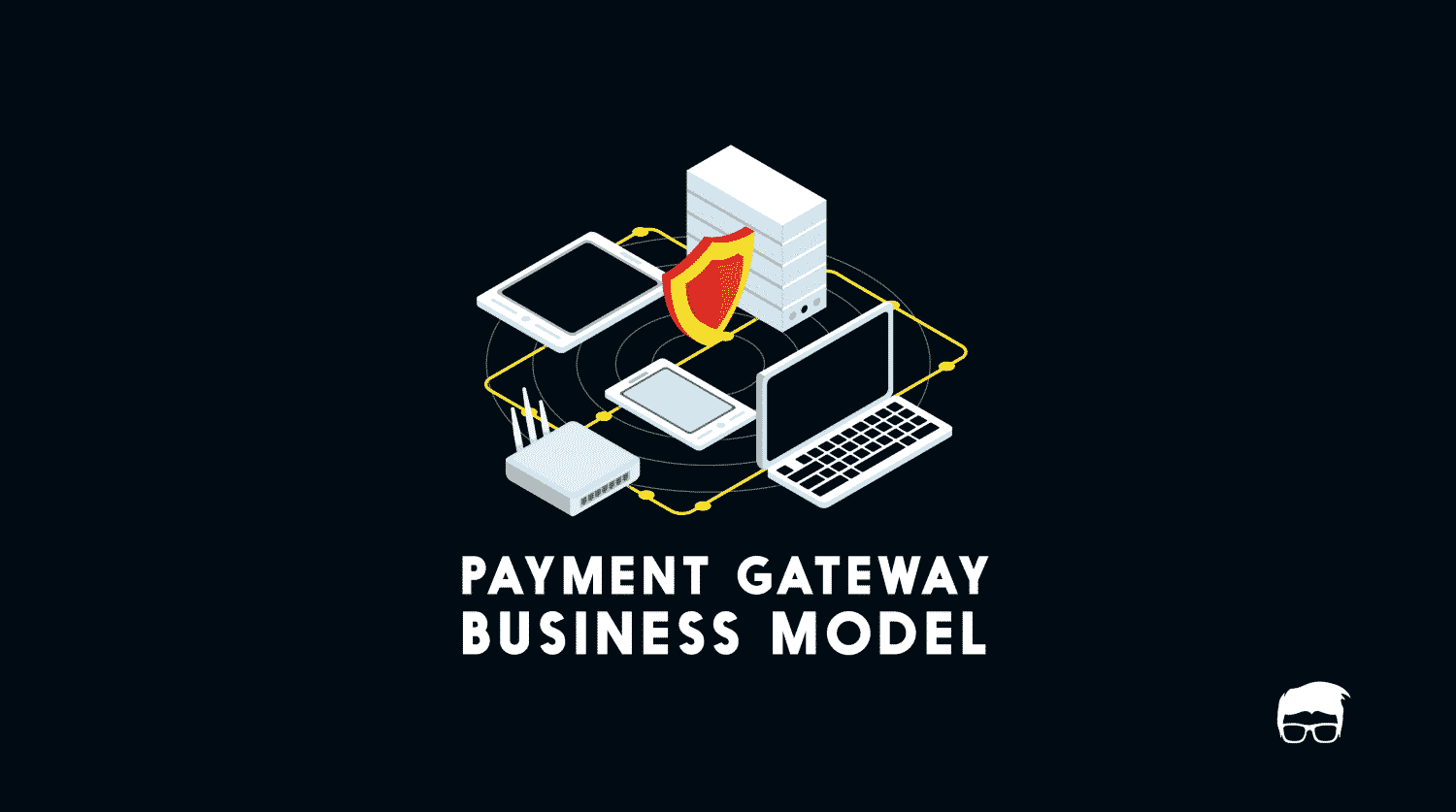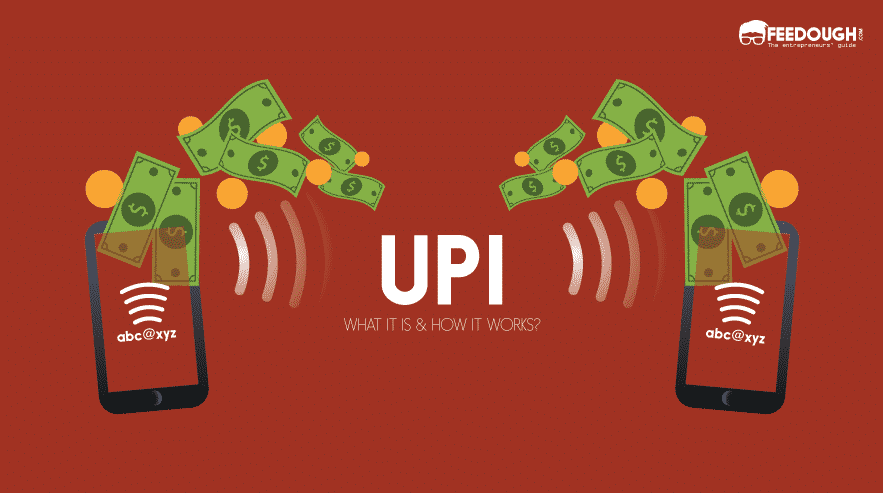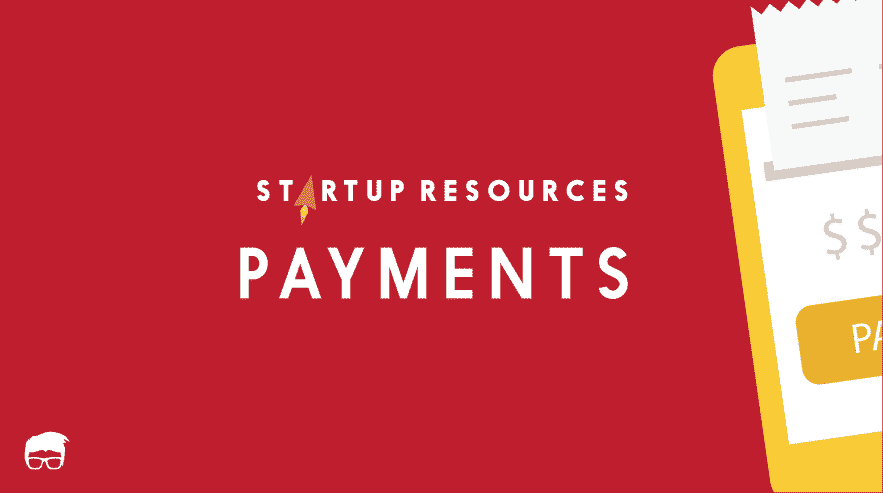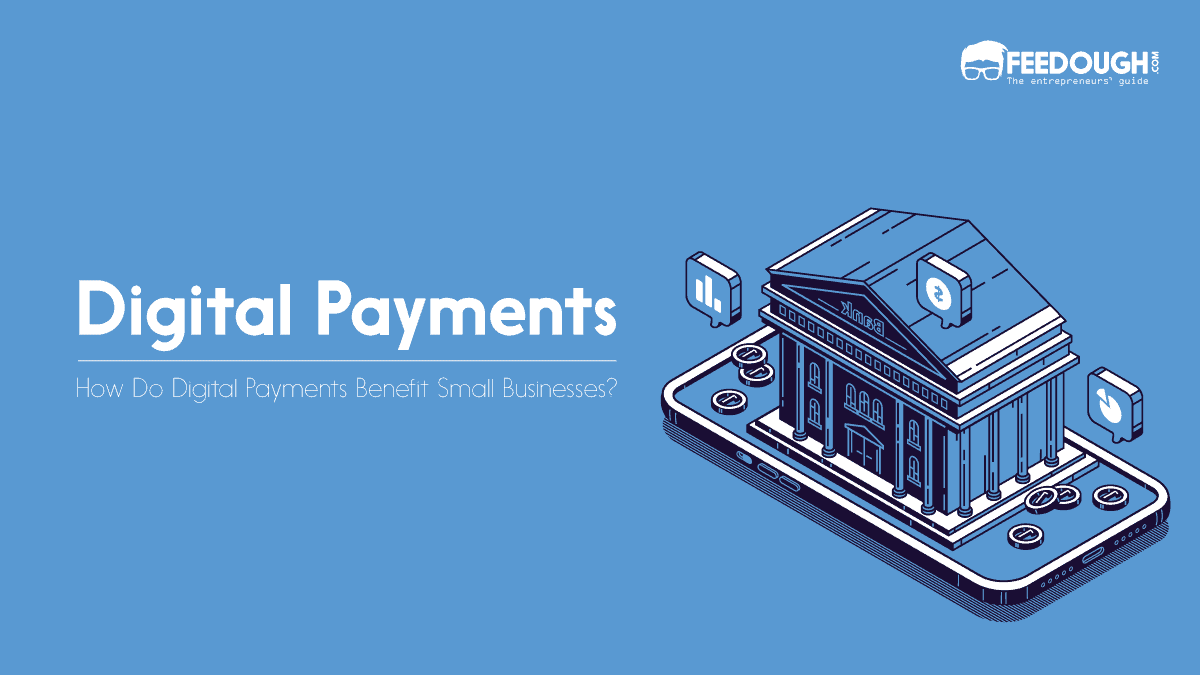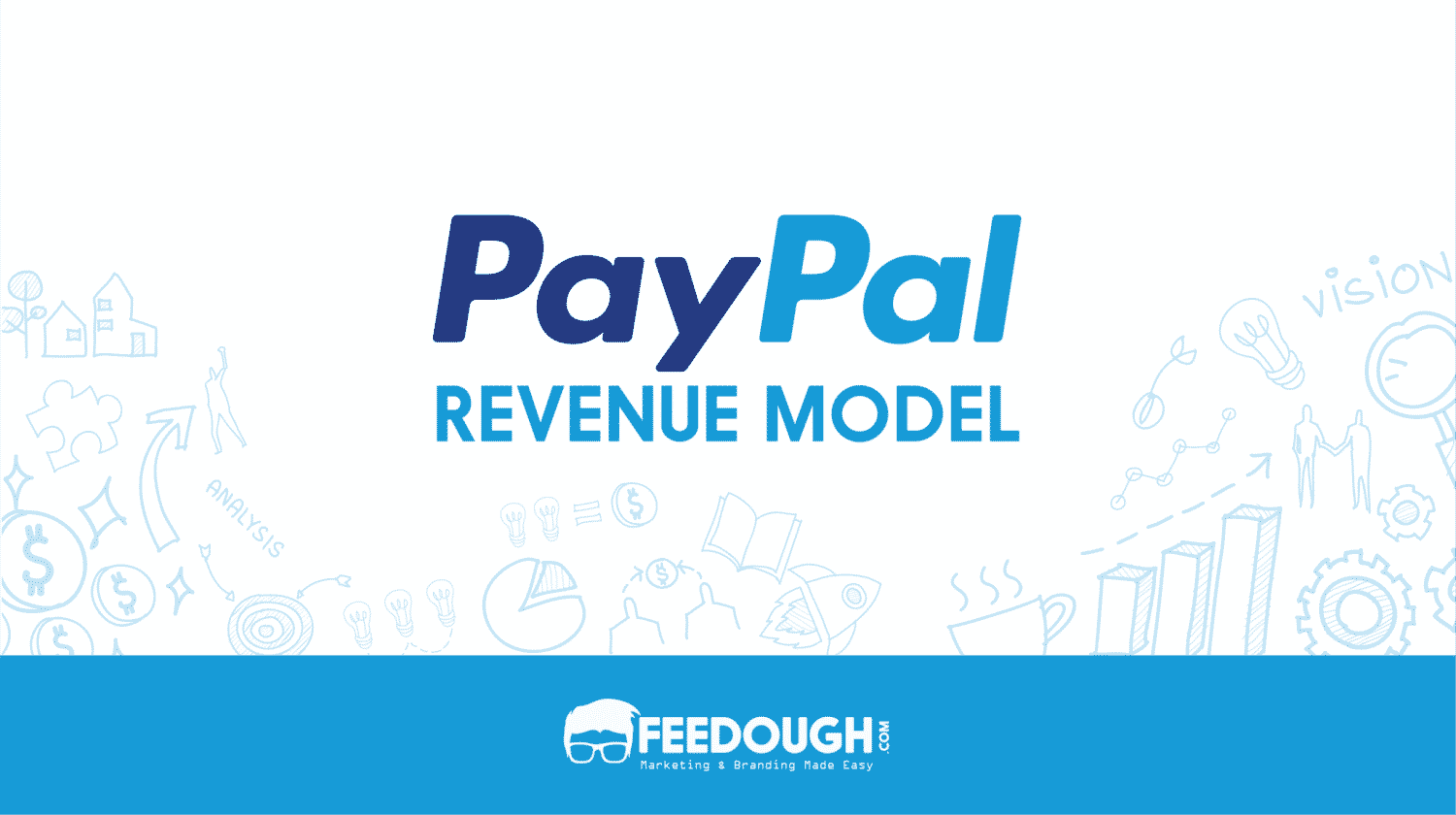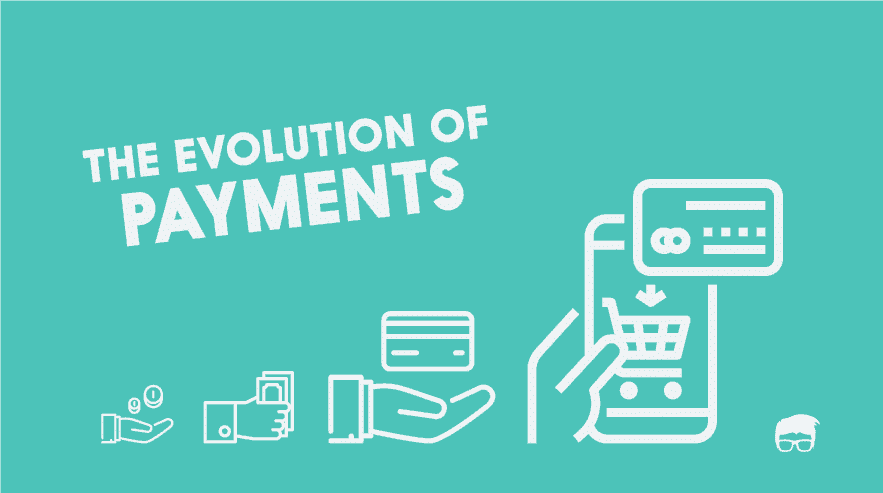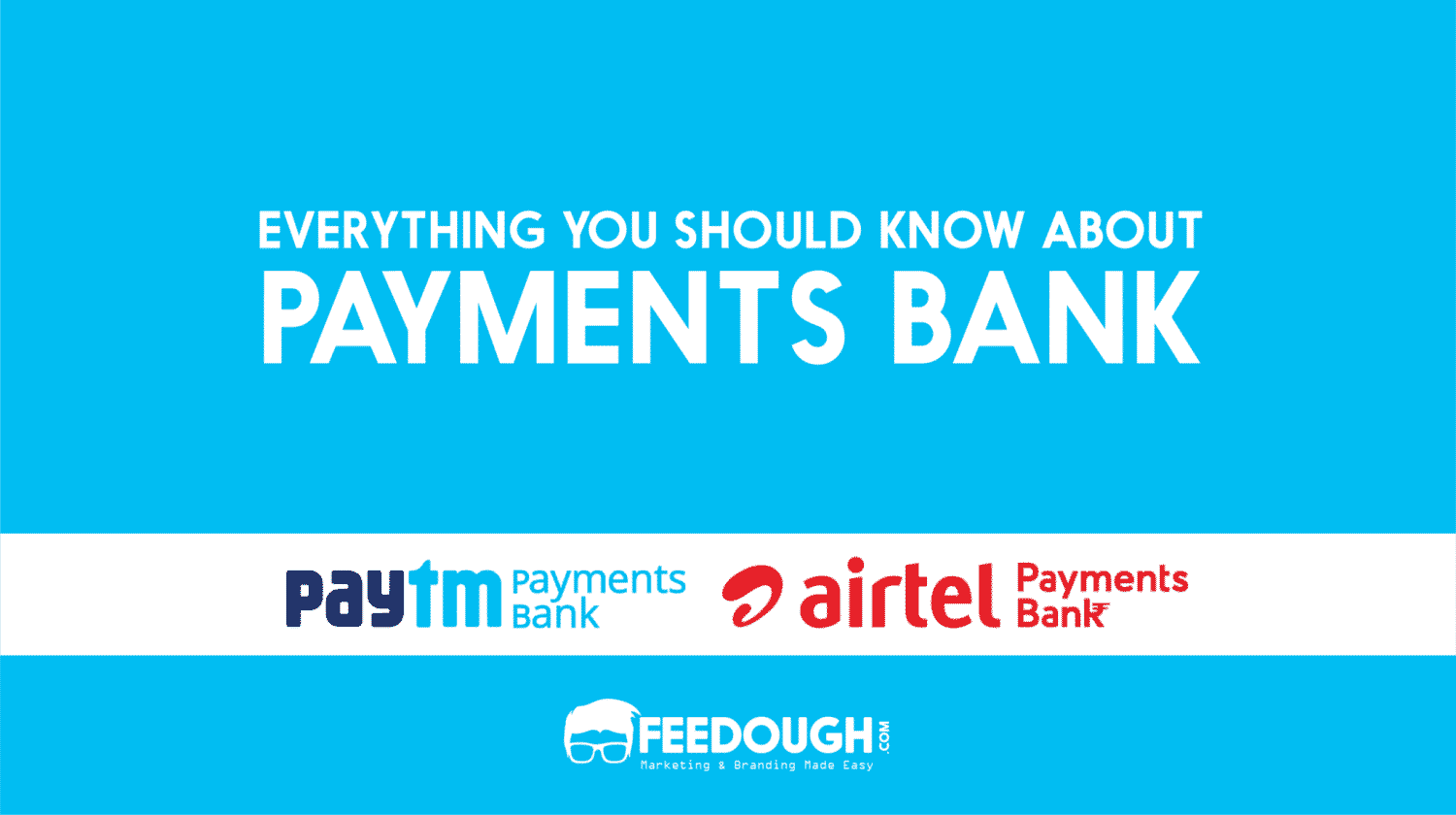The online payments sector only looks like it is going to increase in scale and size as more and more businesses and consumers become comfortable with online transactions. E-commerce is already a trillion-dollar industry as of 2019 and most of that was online, facilitated by payment processors and payment gateways.
Payment processors have come a long way and become a major part of any business, be it physical or online. There are a countless number of payment processors out there – new and old alike.
But even among this stiff competition in the online payments space, Stripe is often the go-to option for many businesses and individuals alike.
So, how did Stripe become a major player in the payments industry, beating even PayPal, which had an 11-year head start over it?
Let’s find out.
What Is Stripe?
Stripe is an American fintech company that offers payment processing services to individuals and businesses for making payments over the internet.
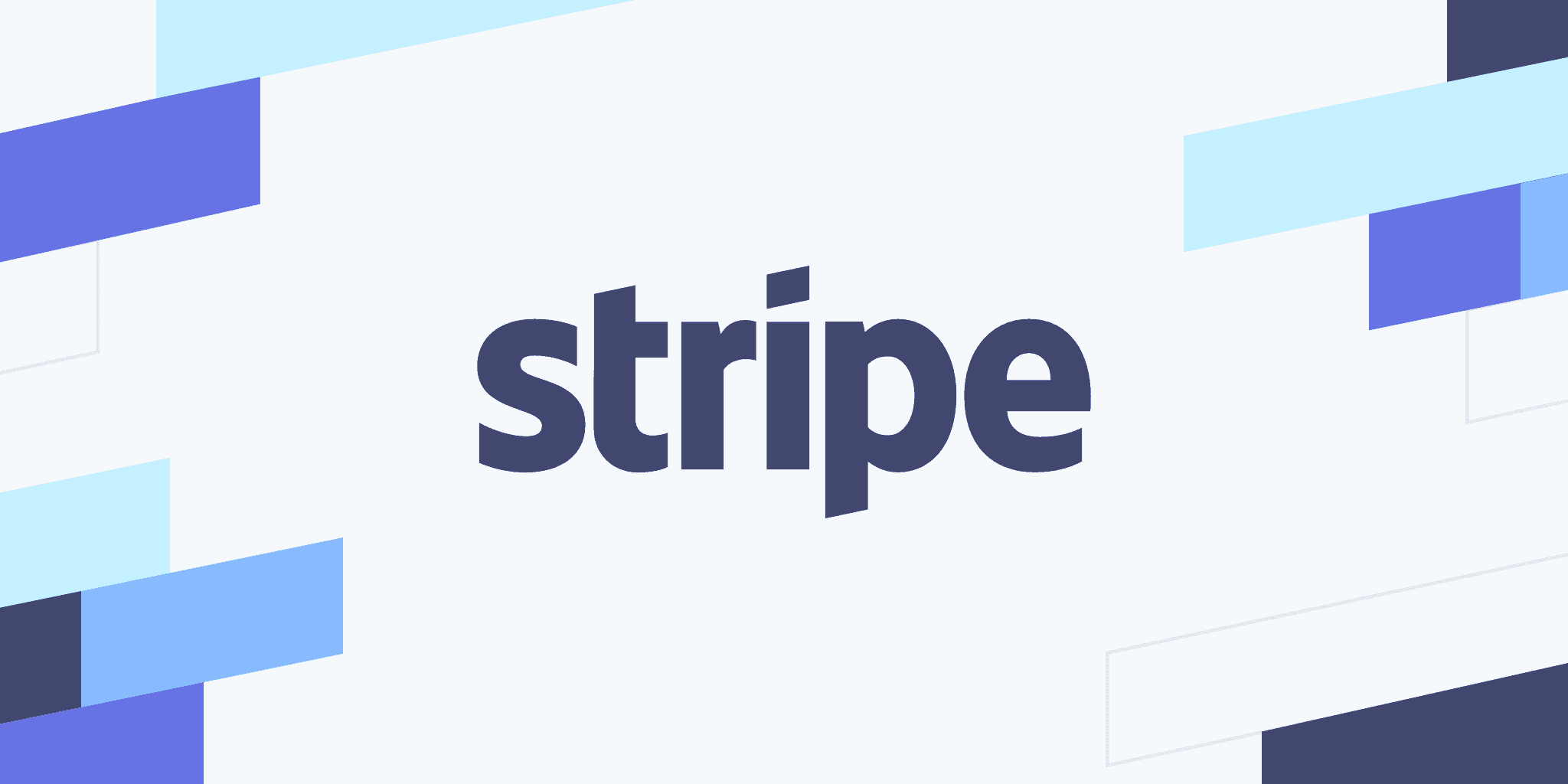
Stripe was launched in 2009 by two brothers – John and Partick Collison – under the name /dev/payments, which was later changed to Stripe. Stripe was able to take off right from the get-go. It was seed-funded by Y Combinator – a startup accelerator and the growth of Stripe can be largely attributed to the ability to easily integrate its payment solutions into existing services.
Growth of Stripe
Stripe was created with the main goal of making the implementation of payment systems easier.
Accepting payments online is a complicated task –
It requires businesses to set up a merchant account, take care of online security, safeguard itself from frauds, comply with various standards, individually and all on their own. This gets more complicated when you factor in international payments. Setting up a merchant account with the necessary infrastructure in itself could take from days to even months.
Stripe (and payment processors in general) makes it easier for everyone to make and receive payments. Stripe allows businesses to start making and receiving payments by just adding a few lines of code to their website or app.
This is regarded as the main cause for their critical success – their payments system was simple, straight-forward and easy to implement. Moreover, Stripe focused on making their payment solutions developer-friendly by proving that their service was extremely simple to integrate into their customer’s existing platforms. This pushed more developers to start using Stripe rather than its competitors.
All this growth is reflected in the current valuation of Stripe. As of writing, Stripe is valued at over $35 billion and is available in over 135 countries. Stripe also accepts payments from different payment methods such as –
- Credit & Debit cards
- International cards
- MasterCard
- Visa Checkout
- WeChat Pay
- AliPay
- Apple Pay
- Google Pay
- Automated Clearing House (ACH) credit & debit
- Bitcoin
- And more
This edges out PayPal and most other competitors in the sheer number of payment methods and currencies that Stripe accepts.
Stripe Business Model
Stripe follows a mix of product-based and fee-based business model – it offers payment solutions as its primary product and charges a fee for every transaction. It is to be noted that Stripe does not charge anything for getting started with their payment solutions. It is only when the transactions are made that Stripe charges its fee accordingly.
So –
How does Stripe work?
How Does Stripe Work?
Stripe functions as follows –
- It allows merchants to embed Stripe’s payment solutions into their services, enabling customers to make payments.
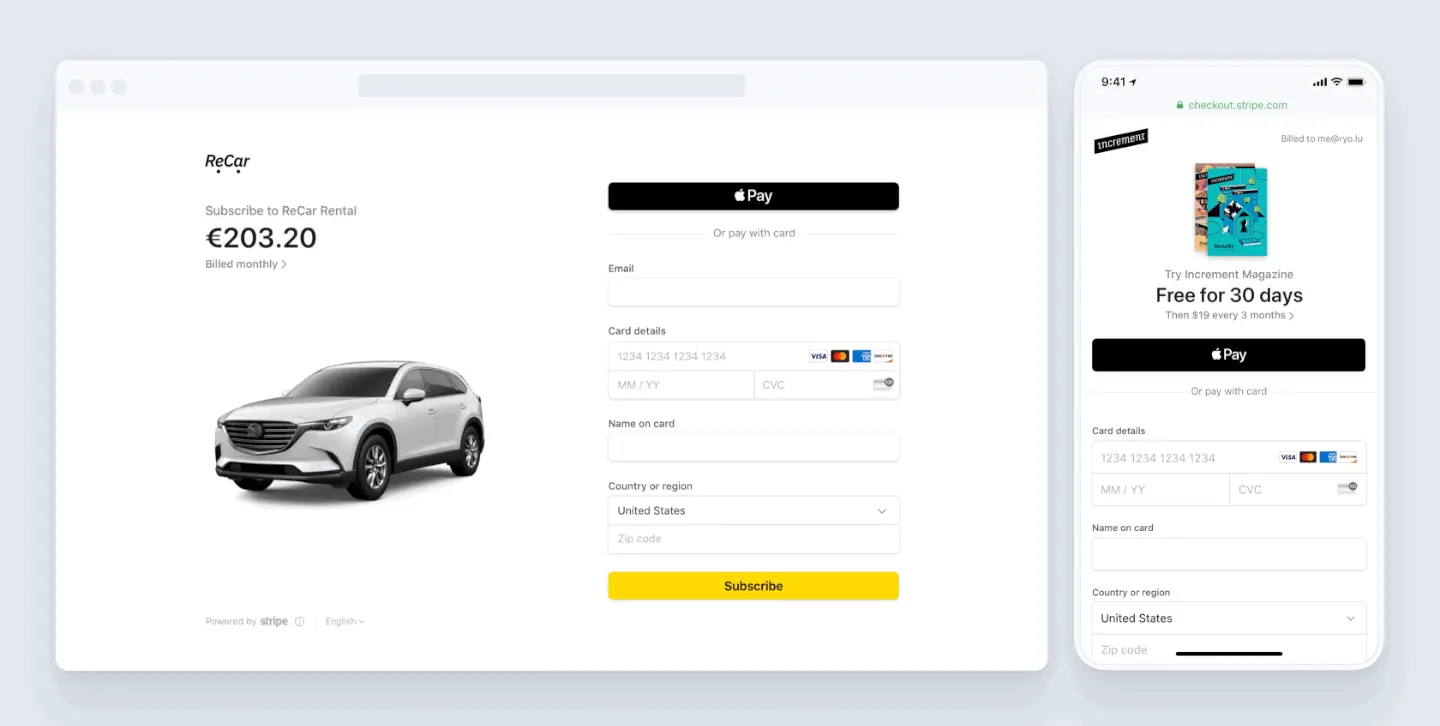
- Stripe makes it possible for payments to take place without the customer’s credentials ever reaching merchants or other parties.
- This is made possible by Stripe by tokenizing their customer’s data. This makes sure that the transaction takes place as usual and the proper entities are billed while the customer information never gets out of Stripe’s servers.
The tokenized approach means that Stripe is held responsible for handling the payments but on the other hand, the possibilities of risk and fraud are greatly reduced since it can all be traced back to Stripe as the single entity handling the data and payments.
Stripe’s Operation Model
Stripe allows its users to –
- Sign up and make or receive payments right-away using Stripe’s online dashboard
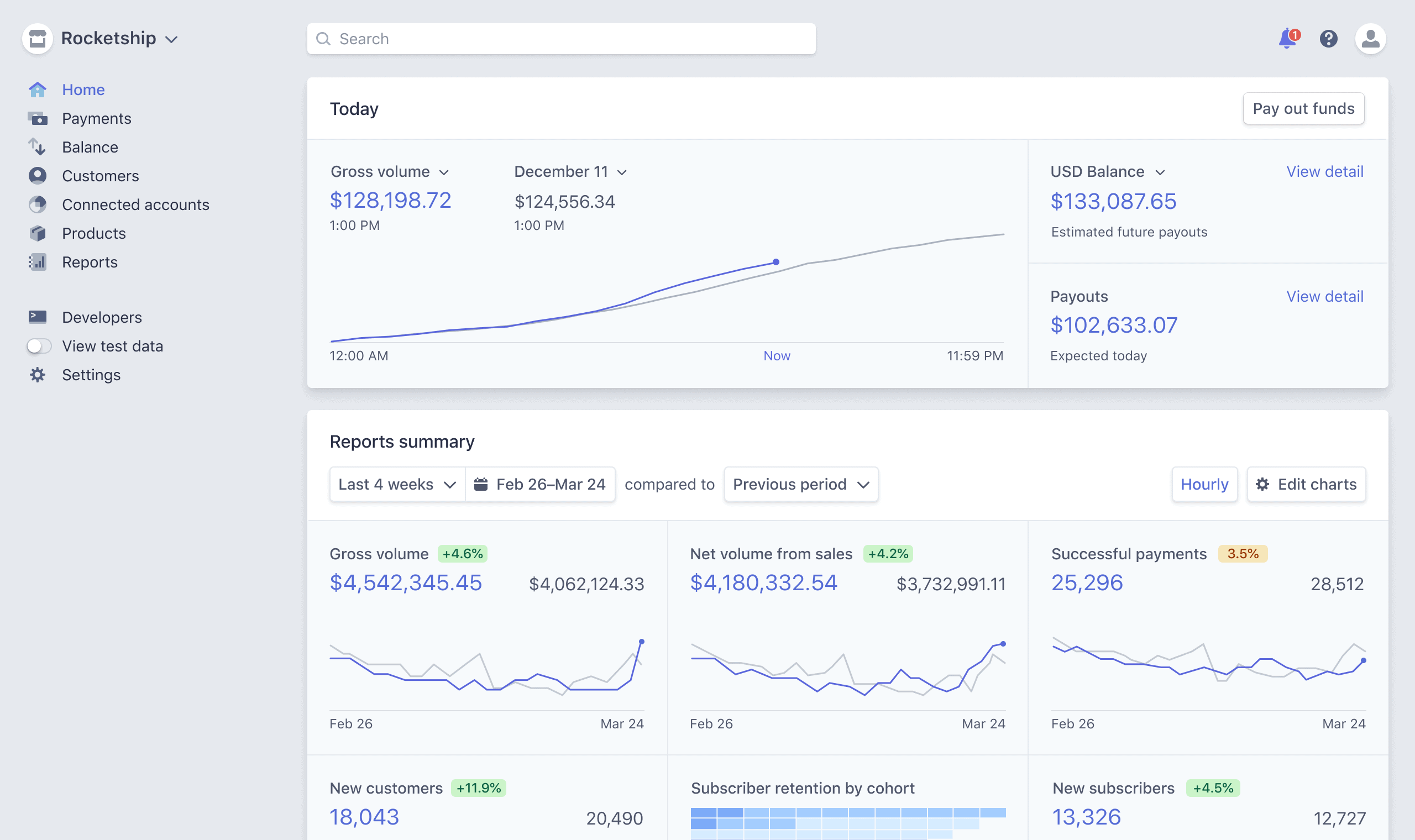
- Integrate Stripe’s payment solutions into their website, ecommerce stores, mobile apps & applications
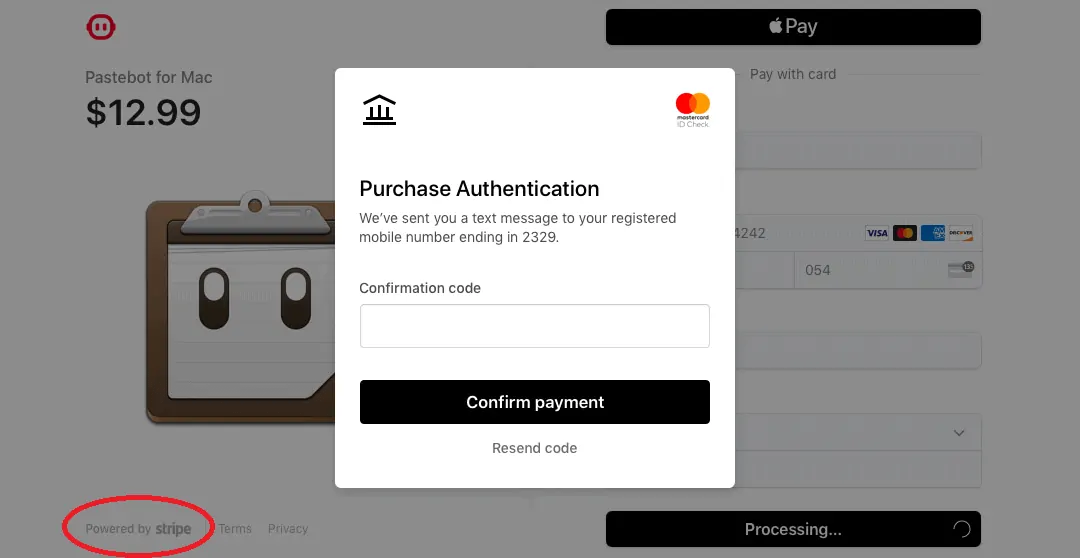
This raises the question –
How much does Stripe charge its users and how does it make money in general?
How Does Stripe Make Money?
Stripe makes money on a per-transaction basis. This is based on the Stripe plan that you choose from. Stripe users get to choose between two plans – Integrated & Customised.
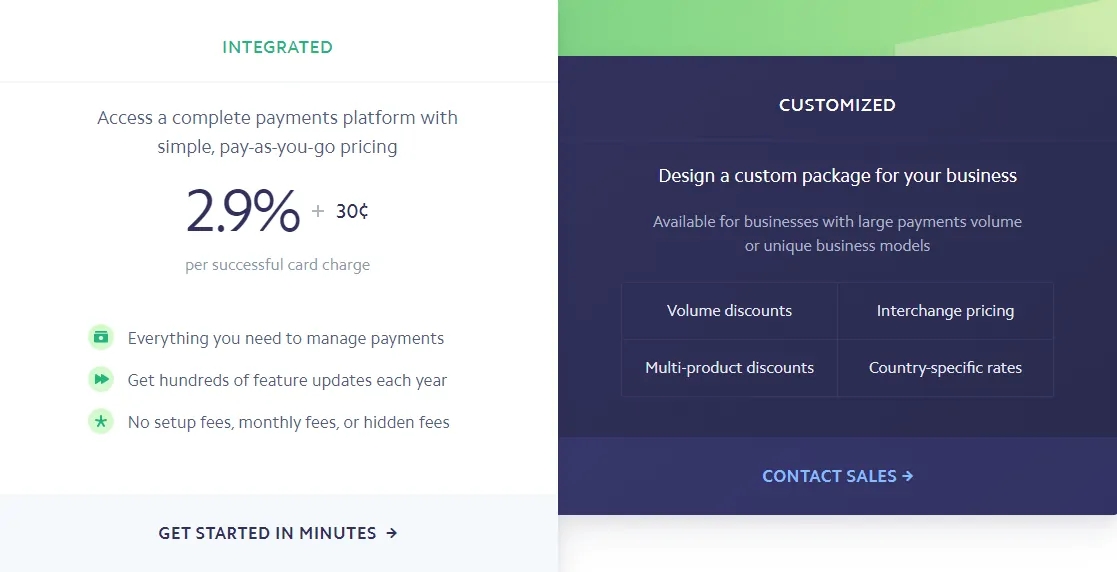
The Integrated plan has an up-front and fixed fee and comes bundled with different software and services – such as billing tools, analytics, and fraud prevention – that complement its payment & transaction service. Meanwhile, the Customised plan caters to large businesses and enterprises that have large volumes of transactions and follows bespoke pricing.
Integrated Plan
Stripe has a different fee structure for the different services offered under the Integrated plan –
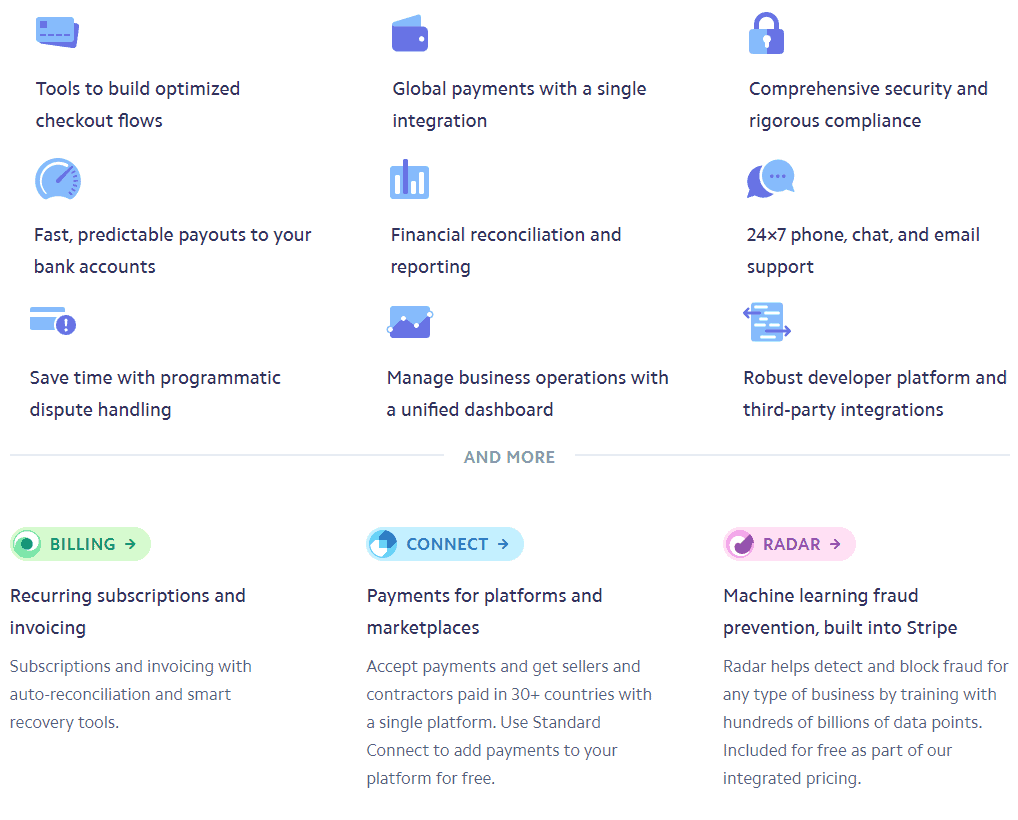
Here’s the breakdown on a per-service basis –
Payments Fees
Stripe’s fees vary between payment methods. Here’s the rundown of the fees for different payment methods –
- Credit & Debit Cards – Stripe’s Integrated plan users are charged a fixed fee – 2.9% + 30 cents for every transaction made using debit or credit cards. Do note that Stripe’s fees vary geographically, so it is better to check for your currency or location.

- International Cards – Stripe charges an additional 1% for international payments and currency conversion

- ACH & Bitcoin Fees – It charges 0.8% of the transaction amount as the fee for payments made using ACH or Bitcoin. However, the maximum fee that Stripe can collect from this is capped at $5

- Local Payment Methods Fees – The fee is the same as the fee charged for transactions made using cards.

- Instant Payout Fees – Though Stripe provides free payouts from your Stripe account to the bank account, it charges 1% of the total payout amount as fees in case you want to instantly credit it to your bank account.

Billing Fees

Connect Fees
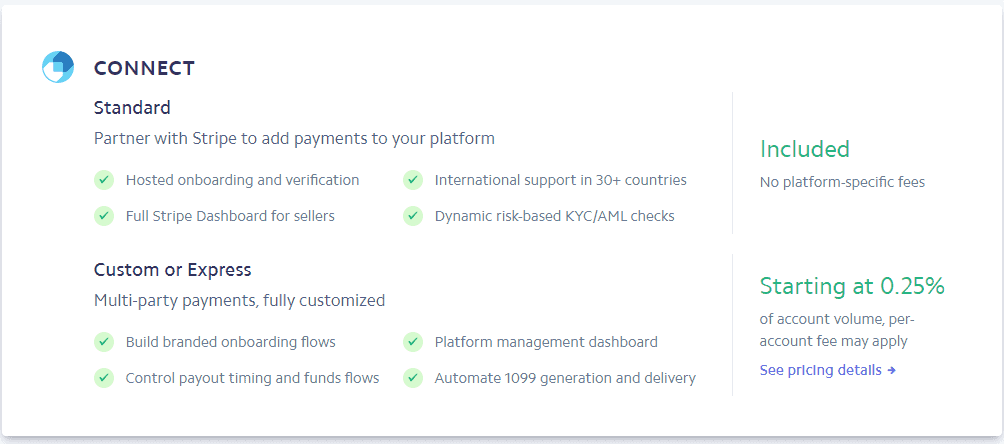
Radar Fees
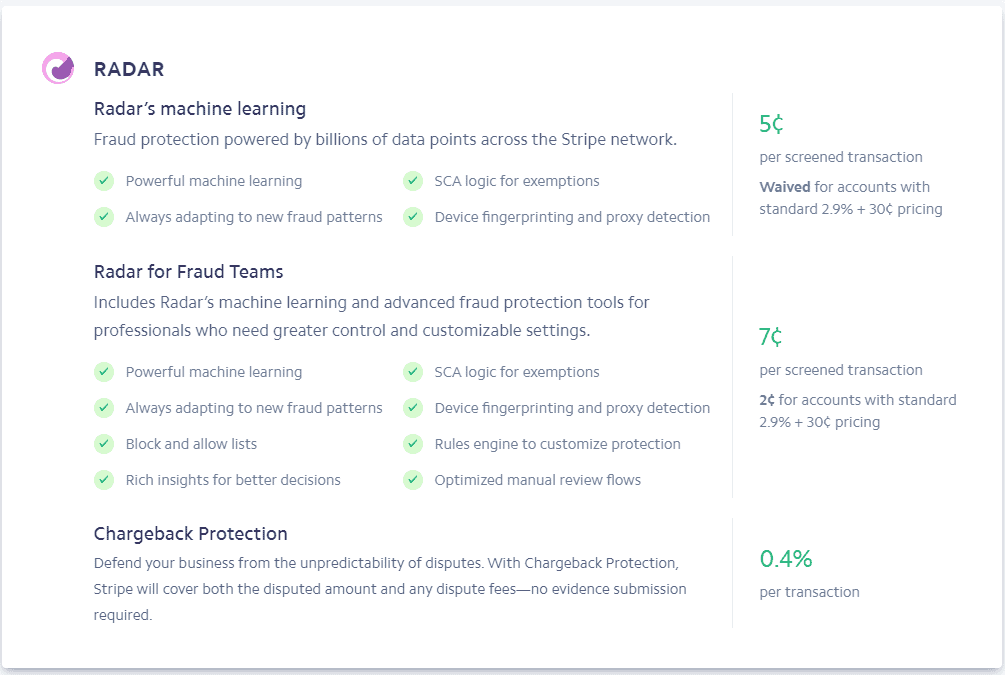
Terminal Fees
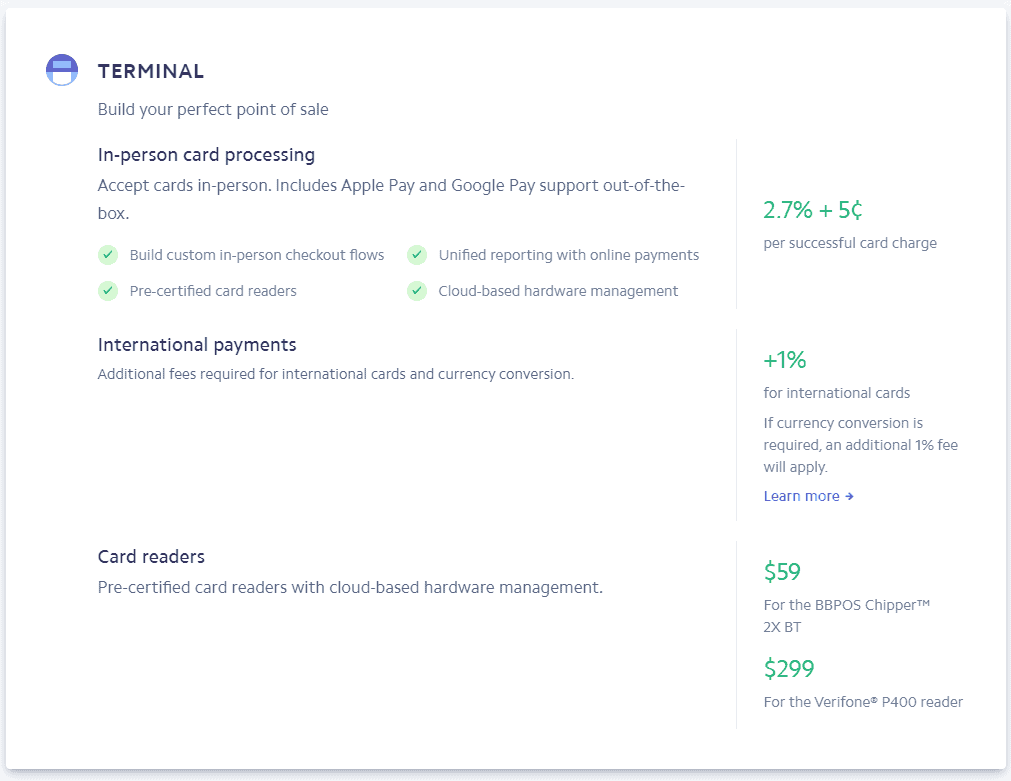
Sigma Fees

Atlas Fees

Issuing Fees
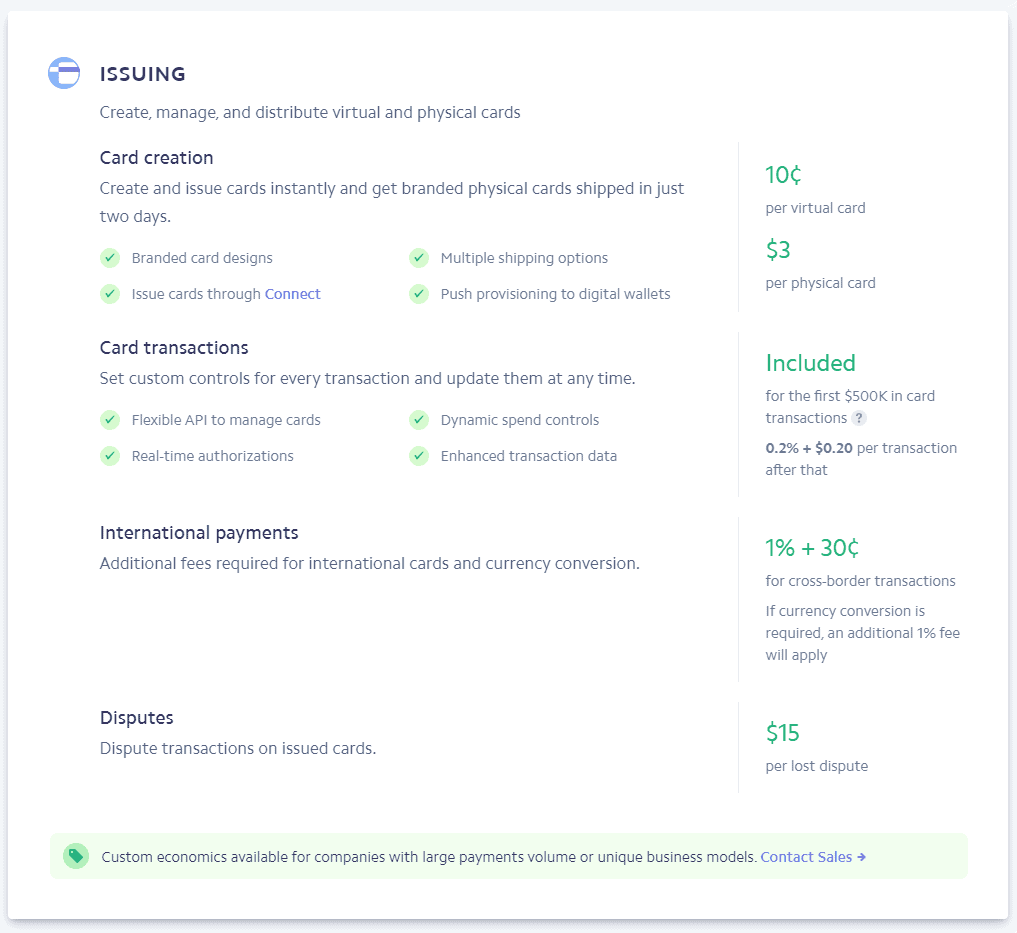
Premium Support

Customised Plan
The Customised Plan is a bespoke option offered by Stripe for businesses with large amounts of transactions and the fees and rates are fixed after negotiations. This plan also allows businesses to bargain and get larger discounts with their Stripe plans so that it remains economically viable for your business as well as Stripe.
Go On, Tell Us What You Think!
Did we miss something? Come on! Tell us what you think about our article on Stripe Business Model in the comments section.

Started out to become a developer but felt at home in the home of startups. The journey started from a single novel. Been an entrepreneur since schooling days. Interested in coding, reading and movies.
